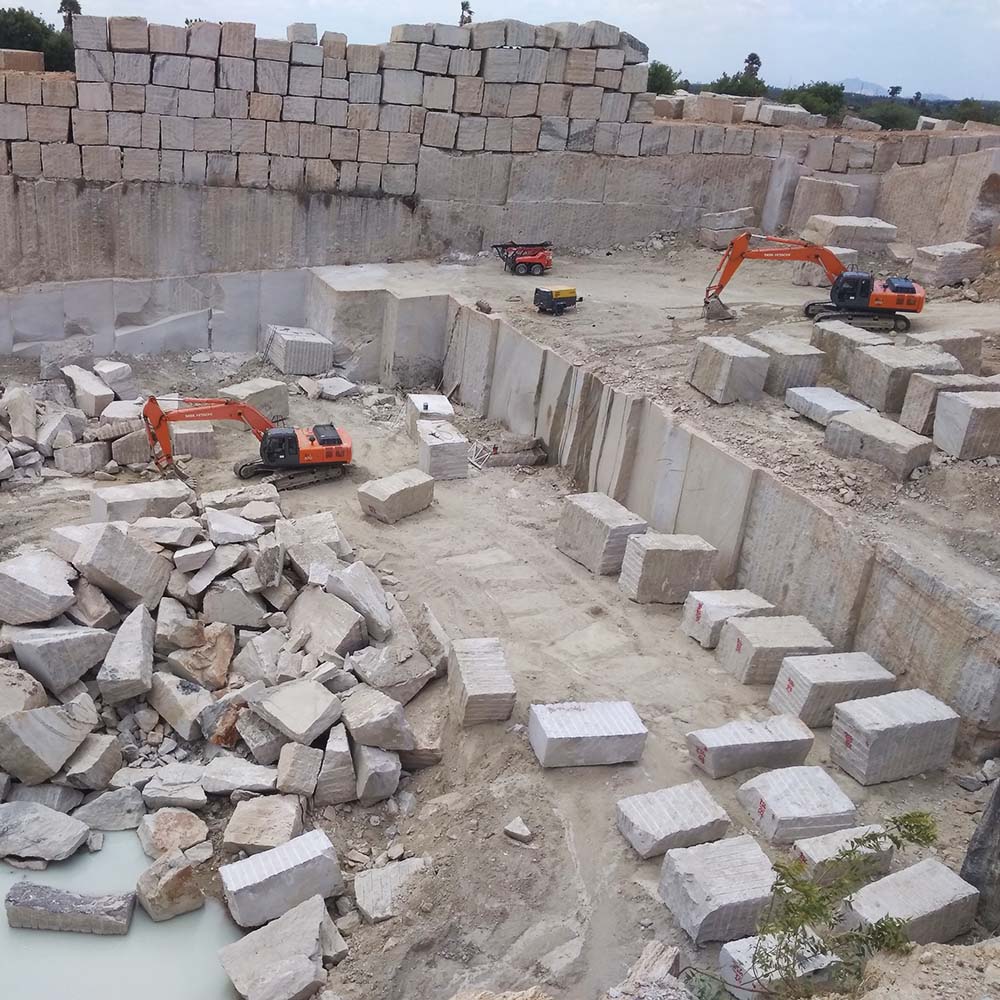Introducing the Mysteries of Granite Quarrying: Where Toughness and Sophistication Meet
The world of granite quarrying is a realm where the raw strength of nature merges with human virtuosity to produce structures that stand the test of time with an air of elegance. From the midsts of quarries to the careful polishing in workshops, the process of changing granite into architectural wonders is a complicated dance of practice and technology. As we peer into the depths of this old craft, we begin to uncover the surprise intricacies that form the extremely essence of our developed environment.
The Beginnings of Granite Quarrying
In the record of architectural background, the origins of granite quarrying are shrouded in a tapestry of old craftsmanship and geological wonders. Dating back to old Egypt and Mesopotamia, the extraction of granite from quarries noted the beginning of a trip that would at some point result in the creation of a few of the world's most famous structures.
Granite quarrying's origins can be traced to the knowledgeable artisans that recognized the rock's resilience and visual appeal. Via a combination of primitive tools and large determination, these very early quarry workers discovered granite blocks that would certainly become the foundation of civilizations.
As people evolved, so did the methods of quarrying granite. The Romans, renowned for their design expertise, established innovative methods for drawing out granite to create monoliths, holy places, and roads that stood the examination of time.
The heritage of these ancient quarrying methods remains to form modern design, with granite continuing to be an icon of strength and sophistication in building and construction projects around the globe. (granite quarries in south africa)
Tools of the Quarrying Trade
The advancement of granite quarrying strategies from old civilizations to contemporary times highlights the important duty played by the tools of the quarrying sell shaping the industry's methods. In ancient times, quarrying tools were fundamental, usually containing chisels, hammers, and wedges made from materials like bronze or iron. These tools required significant manpower and time to extract granite blocks from quarries.

Additionally, the introduction of pneumatic tools and high-powered equipment has actually significantly decreased the physical labor needed in quarrying procedures, boosting employee safety and productivity. As the quarrying industry remains to innovate, the tools of the trade stay at the center of driving progression and forming the future of granite removal.
Removing Blocks of Granite
Making use of accuracy machinery and advanced strategies, the removal of granite blocks from quarries has actually come you could try this out to be an advanced process in the modern-day quarrying market. Managed blowing up techniques are then utilized to break apart the granite right into workable sections.

Sprucing Up and Finishing Strategies
To accomplish a remarkable surface on granite blocks, skilled artisans use a series of thorough polishing and ending up techniques. After the preliminary extraction and shaping procedures, the granite blocks go through click this a thorough sprucing up stage to enhance their natural elegance and sturdiness. One usual method utilized in brightening granite is diamond abrasion, where industrial rubies are made use of to grind and polish the stone to a smooth coating. This procedure not only produces a glossy surface area but likewise makes sure harmony in color and structure throughout the granite block.
In enhancement to polishing, ending up methods are applied to more fine-tune the granite's look. By very carefully choosing and using these polishing and finishing methods, artisans can transform raw granite blocks into elegant pieces that display both stamina find out and elegance.

Environmental Impact and Sustainability
With the growing emphasis on ecological awareness in the sector, granite quarrying techniques are significantly inspected for their effect on natural deposits and long-term sustainability. Quarrying for granite can have substantial ecological effects. The extraction process frequently involves using hefty machinery, explosives, and large quantities of water, causing habitat destruction, dirt erosion, and water pollution. In addition, the transport of granite from quarries to processing centers creates carbon discharges, further adding to environmental degradation. granite quarries in south africa.
To minimize these impacts and make certain sustainability in granite quarrying, market stakeholders are embracing numerous measures. Applying sophisticated innovations to lower power usage and water usage, reclaiming quarried land for environmental reconstruction, and promoting accountable sourcing practices are some techniques being utilized. Additionally, accreditations such as the Woodland Stewardship Council (FSC) and the Leadership in Energy and Environmental Layout (LEED) help consumers recognize eco-friendly granite products.
Conclusion
Finally, granite quarrying is a process that calls for specialized devices and strategies to remove blocks of granite and brighten them to a high degree of surface. While the environmental impact of quarrying can be significant, efforts are being made to boost sustainability techniques in the sector. On the whole, granite quarrying is a fragile balance between harnessing the strength and style of this all-natural stone while reducing its impact on the environment.
Comments on “Travelling Via Granite Quarries in South Africa: A Visual Odyssey”